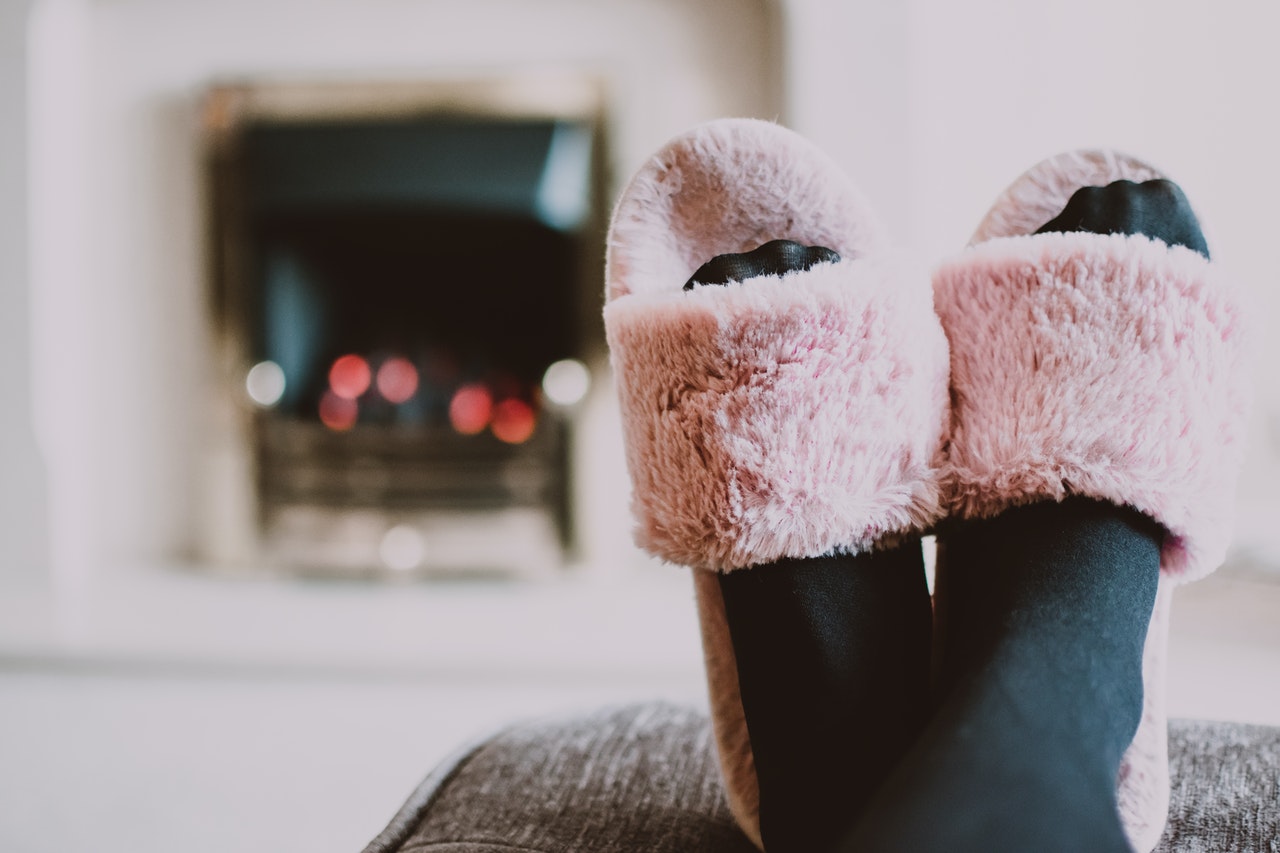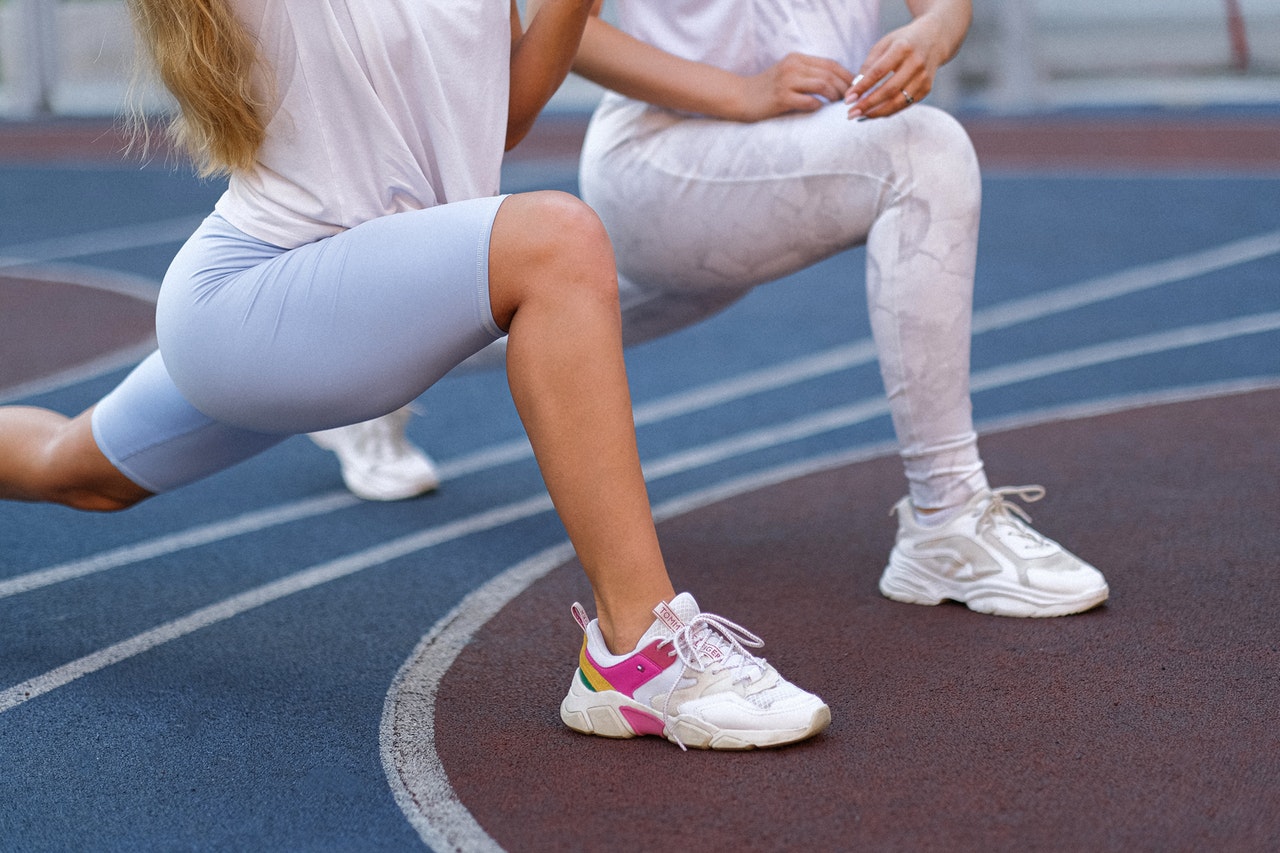Main Health Concerns That Come with Varicose Veins
Varicose veins are undesirable for more than just their physical appearance. These swollen, twisted bluish veins can also lead to a variety of health concerns, some of which can be fairly dangerous if left untreated.
In addition to causing visibly swollen veins, varicose veins can lead to various health problems including pain, fatigue, leg ulcers, and blood clots.
Read on to learn about how varicose veins can affect your overall health and what you can do to decrease your risk for varicose veins and their complications.
What are Varicose Veins?
When you have vein disease, your blood vessels are weaker and less efficient at pumping blood back to the heart. Because of gravity, blood naturally flows downward and with insufficient blood vessel function, your blood is not pumped back up to the heart easily. This leads to blood pooling in the legs and putting increased pressure on the veins. As this issue becomes chronic, the leg veins become weaker, stretched, and swollen, which results in a varicose vein.
Varicose veins bulge out of the skin, appear twisted, and may have a blue, green, or purple color. If nothing is done to manage varicose veins, they can progress and lead to a variety of other health conditions. They are not simply a cosmetic concern, although the unsightly appearance is often enough to encourage people to seek treatment.
Varicose Veins Can Cause Physical Discomfort
Varicose veins may be ignored by those who are not bothered by their appearance. However, these swollen veins are more than just a cosmetic issue. When left untreated, varicose veins can lead to chronic uncomfortable symptoms.
Some of the physical discomfort associated with varicose veins includes:
- Pain – You may feel a burning or throbbing in your lower legs. Some people also experience leg cramping and pain when putting weight on the leg. This can also be one of the symptoms of deep vein thrombosis.
- Itchiness – When leg veins are swollen, fluid may start to leak out into the skin. The pressure on the veins combined with fluid leakage can cause inflammation and itching in the skin on the lower legs. This may also indicate venous stasis dermatitis.
- Swelling – You may notice that your legs are swollen, especially at the end of the day or after spending a lot of time on your feet. If one of your legs is significantly more swollen than the other, it could be a sign of deep vein thrombosis.
- Fatigue – The excessive pressure on your veins from blood pooling up in your legs can make you feel tired more often.
- Heaviness – This will usually accompany leg fatigue. Your legs may feel like lead from having blood pooling up and creating more pressure on the veins.
Varicose Veins Can Lead to Skin Damage
When you have varicose veins, the pressure and swelling of the leg veins can contribute to skin conditions.
Some of the skin-related conditions caused by varicose veins include:
- Skin discoloration – Early discoloration is usually redness due to inflammation of the veins and surrounding skin. However, if vein disease progresses from blood pooling under the skin, red blood cells can break down and turn the skin a reddish-brown color.
- Venous stasis dermatitis – This condition also involves discoloration of the skin, usually a reddish, yellowish, or brown shade. There may also be itching, skin sores, and thickening of the skin around the ankles or shins.
- Lipodermatosclerosis – People with venous insufficiency who are also overweight are more prone to this condition. When the layer of the fat under the skin becomes inflamed, you can experience changes in the skin such as redness, thickening or hardening, white scarred areas, and leg ulcers.
Varicose Veins Can Cause Serious Health Conditions
Varicose veins can progress if untreated and possibly lead to some serious health conditions.
Some of the more serious complications associated with varicose veins include:
- Deep vein thrombosis (DVT) – This serious condition occurs when a blood clot forms in one of the deep veins of the leg. Only about half of the people with DVT show symptoms, which include swelling, pain, cramping, warmth, and redness in one leg.
- Pulmonary embolism – If DVT is not showing symptoms and a person does not know they have it, the blood clot may travel to the lung, causing a pulmonary embolism. This can fatal and emergency treatment will be required.
- Superficial thrombophlebitis – This occurs when a blood clot lies just beneath the skin’s surface. The veins become inflamed and cause the skin to become red, warm, tender, and darkened. You may also feel pain in your leg and the vein could become hardened.
- Infections – Increased pressure and swelling of varicose veins can stretch the skin and allow bacteria in which results in an infection. Skin conditions like venous stasis dermatitis and lipodermatosclerosis can also lead to sores and ulcers that can get infected without treatment.
How Can You Prevent Varicose Vein Complications?
When you have varicose veins, it is more important than ever to practice good vein care. There are plenty of healthy habits that can protect your vein health and prevent further complications of varicose veins.
Some of the ways you can care for your vein health include:
- Exercise regularly – For healthy veins, you need to promote proper blood circulation. Exercise is one of the best ways to get your blood flowing.
- Maintain a healthy weight – Extra pounds put more pressure on your varicose veins and cause more swelling, as well as put you at a higher risk for other complications. Strive for a healthy weight to relieve your veins of additional pressure.
- Wear compression stockings or socks – This special hosiery is designed to compress the leg veins to encourage blood flow back up the legs and prevent blood from pooling in the lower extremities.
- Avoid tight clothing – Tight clothing, especially around the lower half of the body, can constrict the veins and interfere with healthy blood circulation. The exception would be compression stocks which are made specifically for improving blood flow.
- Elevate your legs throughout the day – Putting your feet up each day helps to encourage blood to flow back up toward the heart. Whether you are sitting or lying down, prop your feet up with a pillow to alleviate heaviness, fatigue, and swelling from varicose veins.
- Avoid standing or sitting for hours on end – To keep your blood flowing properly, you need to move your body regularly. If you have to sit or stand for long periods of time, take frequent breaks to encourage circulation.
Summary
Now you know what causes varicose veins and what lifestyle and dietary changes you can make to prevent or reduce the appearance of varicose veins. Awareness of what makes you more susceptible to varicose veins can help you make the changes you need to promote the health of your veins. As much as home treatments can help make varicose veins less visible, they are not likely to eliminate the veins. Leaving varicose veins untreated can lead to future complications, so it’s important to address them.
While a healthy diet and lifestyle are extremely helpful for decreasing the appearance of varicose veins, it’s important to seek out professional care if the problem persists. If you’re experiencing symptoms from varicose veins that don’t respond to diet and lifestyle changes, contact us today to book an appointment.





